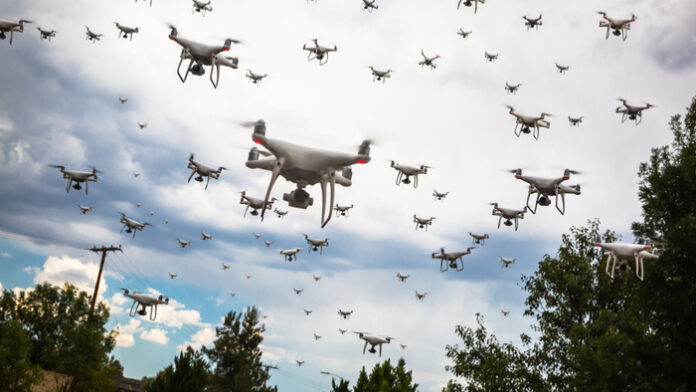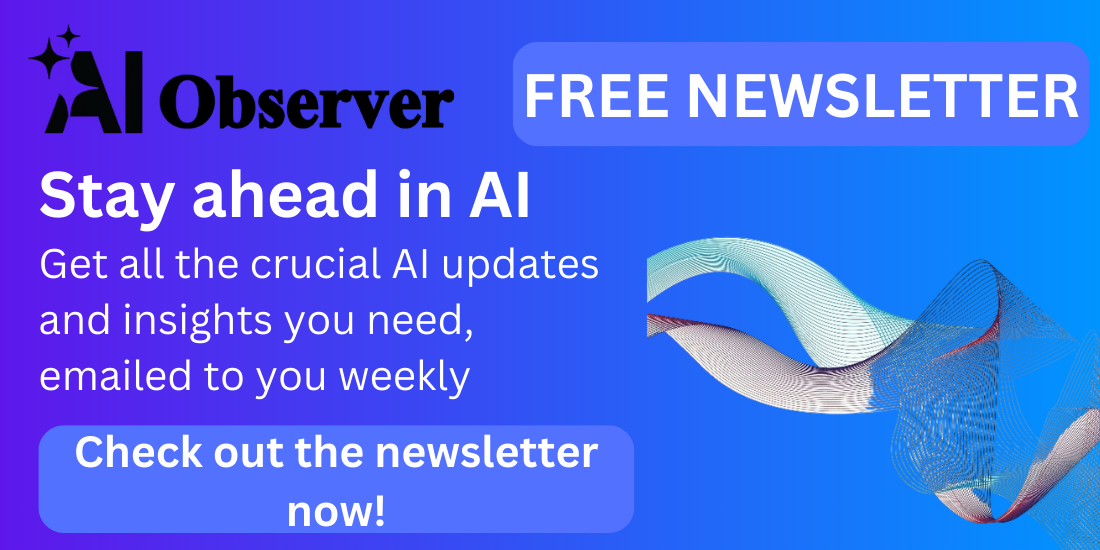Overview
Recent research in robotics has increasingly focused on the coordinated control of multiple unmanned vehicles—whether drones, rovers, or underwater devices—to tackle complex tasks. By harnessing reinforcement learning (RL), researchers are developing autonomous control systems that learn optimal behaviors through trial and error. This work spans applications from forest firefighting and precision agriculture to warehouse logistics and military operations. In addition, the emergence of simulation environments plays a crucial role in training these algorithms before real-world deployment.
1. Introduction
Robotic systems have become more prevalent across industrial, agricultural, military, and search and rescue applications. Swarm robotics—where many simple agents work together autonomously—offers advantages in efficiency and safety. However, controlling hundreds or thousands of such robots demands sophisticated algorithms. Reinforcement learning, a branch of artificial intelligence in which agents learn by receiving rewards or penalties, is now a popular tool for designing these control strategies. By gradually refining their actions through repeated interactions with a simulated environment, RL agents can learn policies that optimize performance even in dynamic, uncertain settings.
2. Reinforcement Learning Fundamentals
In RL, an agent interacts with its environment by choosing actions that lead to new states and rewards. The agent’s objective is to maximize cumulative rewards over time. Key concepts include:
- Policy: A rule or function that determines the agent’s action based on its current state.
- Value Function: A measure that estimates the expected reward from a given state or state-action pair.
- Exploration vs. Exploitation: The balance between trying new actions to discover better strategies and using known actions that yield high rewards.
Algorithms in RL are often divided into on-policy methods (e.g., SARSA) that update their estimates based on the actions actually taken, and off-policy methods (e.g., Q-learning) that assume an optimal future behavior regardless of the current policy.
Recent advances such as Deep Q-Networks (DQN) have replaced traditional Q-tables with neural networks, allowing the learning process to scale to more complex environments and higher-dimensional state spaces. Actor-critic methods like Deep Deterministic Policy Gradient (DDPG) further improve control in continuous action domains by combining a policy (actor) network with a value (critic) network.
3. Reinforcement Learning in Swarm Robotics
When applied to swarm robotics, RL algorithms manage groups of autonomous agents that work together toward common goals. The literature covers several approaches:
- Single-Agent vs. Multi-Agent Q-Learning: Early studies compared independent learning for each agent versus a joint learning framework that considers the combined state–action space. While single-agent methods sometimes converge faster, recent research shows that multi-agent Q-learning—with improvements such as information sharing through joint state representations—can yield superior coordination, especially in tasks like object carrying and field coverage.
- Deep Reinforcement Learning Approaches: Replacing Q-tables with deep neural networks has been a turning point. DQN, and its variants that integrate techniques like double Q-learning, dueling architectures, and prioritized experience replay, have been successfully applied to tasks ranging from path planning for drones in forest fires to inventory management in warehouses.
- Actor-Critic and Policy Gradient Methods: Extensions like DDPG and its multi-agent versions (MADDPG) allow for controlling continuous movements and improving coordination in scenarios where agents must track moving targets or work cooperatively in dynamic environments.
- Federated Learning Techniques: Newer approaches, such as federated learning adaptations of DDPG (FLDDPG), distribute the training process across agents. This method reduces the dependency on a central server and shows promise in environments where communication links are limited or variable.
- Other Novel Architectures: Methods like Multi-Step, Multi-Agent Neural Networks (MSMANN) and Trust Region Policy Optimization (TRPO) are also being explored for their potential to improve convergence rates and overall system efficiency in swarm tasks.
Across these studies, improvements—such as joint information sharing, better exploration strategies, and hybrid network architectures—are repeatedly shown to enhance both the performance and scalability of swarm control systems.
4. Simulation Tools for Swarm Robotics
Given the risks and costs of testing large robotic swarms in real environments, simulation platforms play a pivotal role in RL research. These simulators provide a safe, customizable, and cost-effective way to develop and validate new algorithms. Some widely used simulation environments include:
- AirSim: Developed by Microsoft using Unreal Engine 4, it offers photorealistic scenarios with adjustable environmental conditions and supports various vehicle types (e.g., drones and cars).
- Gazebo: Known for its realistic physics based on the Open Dynamics Engine, it supports a wide range of sensors and robots, and is widely integrated with ROS.
- OpenAIGym and PyBullet: These are popular for RL experiments because of their ease of integration with deep learning libraries such as TensorFlow and PyTorch.
- Other Specialized Simulators: Tools like Kilombo for Kilobots, ARGoS for large-scale ground robot simulations, and Isaac Sim by NVIDIA also contribute significantly by providing highly realistic or specialized environments.
Choosing the appropriate simulator depends on the specific application, the types of robots being used, and the degree of realism required for the task.
5. Discussion
The reviewed literature clearly demonstrates that reinforcement learning has become an effective strategy for managing complex swarm behaviors. While simpler RL algorithms like Q-learning and SARSA work well for small-scale tasks, more advanced methods such as DQN, DDPG, and MADDPG are necessary for handling the complexity of large swarms and dynamic environments. Many studies emphasize the value of information sharing—whether through joint action spaces or federated learning approaches—in achieving better coordination and faster convergence.
One limitation common to many research projects in this area is that most experiments are conducted in simulation. Although simulators provide a controlled environment for testing, translating these results to real-world systems remains a challenge that needs further exploration.
6. Future Research Directions
Several promising directions are identified for future work in this domain:
- Scalability: Developing algorithms that can efficiently manage swarms from a few agents up to thousands is critical. Future research should focus on improving scalability and robustness.
- Real-World Experiments: Moving beyond simulation to test these RL techniques on actual robots will help validate their performance under real-world uncertainties.
- Efficiency Metrics: In addition to success rates and convergence times, more work is needed on measuring the processing speed and energy efficiency of RL-based control systems, particularly in time-sensitive applications.
- Heterogeneous Swarms: Most current studies use a single type of robot; future work should explore mixed swarms (e.g., combining UAVs with UGVs) to leverage the complementary capabilities of different systems.
7. Conclusion
Swarm robotics offers a transformative approach to solving complex, large-scale tasks through coordinated action. Reinforcement learning, with its iterative, reward-based approach, is proving to be a key technology in developing autonomous swarm control systems. Advanced algorithms—especially those that integrate deep learning and multi-agent coordination—are overcoming traditional limitations of scalability and real-time performance. While simulators have been indispensable in developing these methods, future progress will depend on bridging the gap between simulated and real-world environments. Continued research in scalability, practical experimentation, and heterogeneous swarm cooperation will further advance the capabilities and applications of reinforcement learning-based swarm robotics.
Declaration of Competing Interest
The authors have declared no conflicts of interest regarding the work summarized here.
Acknowledgment
This research has received partial support from the Natural Sciences and Engineering Research Council of Canada (NSERC), funding reference number RGPIN-2018-06233.
This reworded version preserves the core information and detailed discussions from the original text while presenting the content in a fresh, clear, and organized manner without reference to any images.





